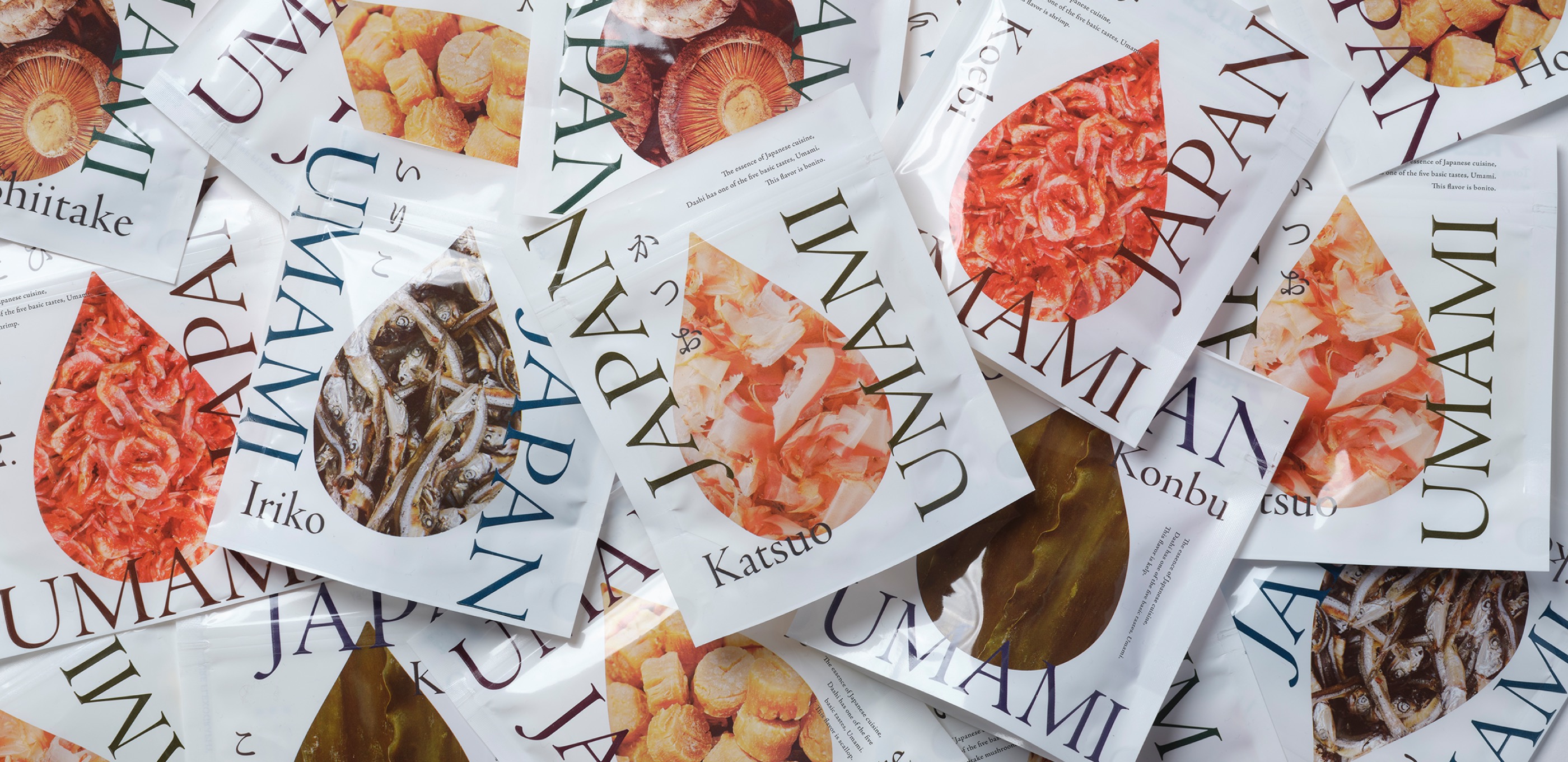
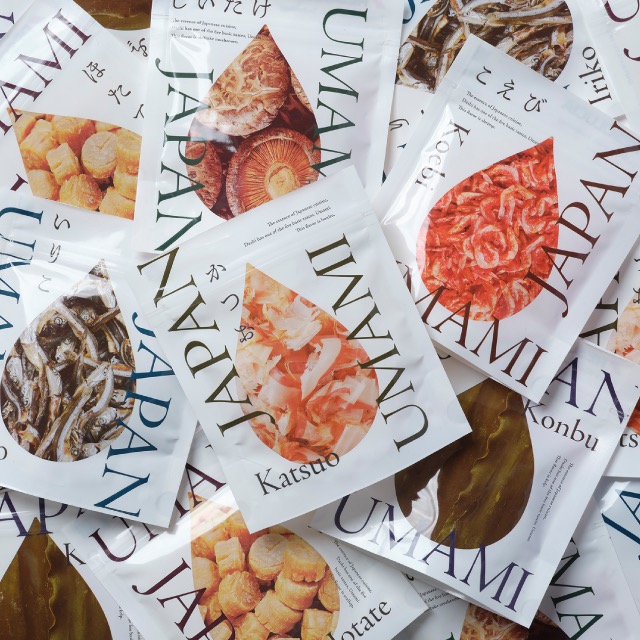
Design company P.K.G. Tokyo × Comexi × RESOLUCIA™
With proper data correction, printing on any flexo press is easy, and we want to prove this feature of TORAY's plates through tests
Design company P.K.G. Tokyo × Comexi × RESOLUCIA™
With proper data correction, printing on any flexo press is easy, and we want to prove this feature of TORAY's plates through tests
RESOLUCIA™ Story 2Test Print
"TORAY PRINTING PLATES Lab." is an experimental initiative to explore the possibilities of expression through TORAY's printing plates and lead to new creations. This series of articles will tell the story of how leading creators and partner companies met through TORAY's printing plates, stimulated each other, and worked as one team to reach their goals.
-
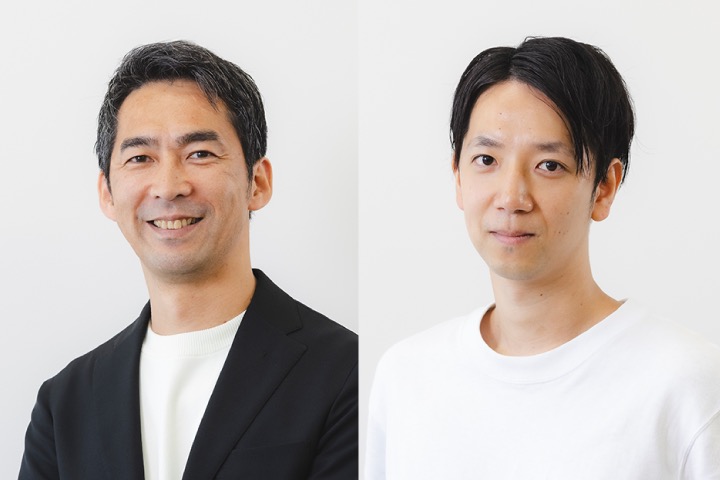
Participating Creator:
P.K.G.Tokyo
A brand management agency established in 2017 that specializes in design. The agency offers a comprehensive range of services for corporate, product, and service branding. These include research, strategic planning, product development, and web planning.
Additionally, the company actively participates in exploring and promoting a sustainable future through its P.K.G. Lab. together with companies. -
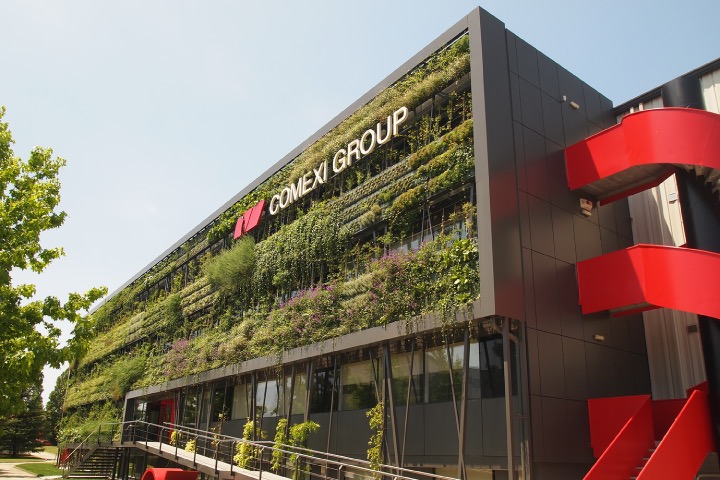
Partner companies:
Comexi
Comexi is a Spanish printing press manufacturer whose main products are flexographic presses for flexible packaging.
They offer a wide range of innovative solutions from printing to end of line automation processes, and also collaborate with EB ink manufacturer and promote EB printing system. -
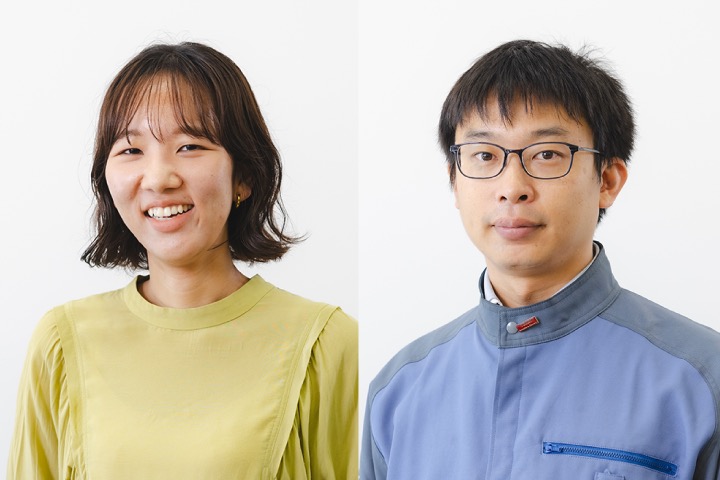
Project team:
TORAY Development Team
The RESOLUCIA™ project team is responsible for developing a high-definition flexographic printing plate. This team operates within Graphic Systems Department of Toray Industries, located at Toray's Okazaki Plant in Aichi Prefecture. Our main objective is to enhance the quality of printing plates, aiming to make a significant contribution to society by creating high-quality plates that surpass the traditional standards of flexographic plate production.
-
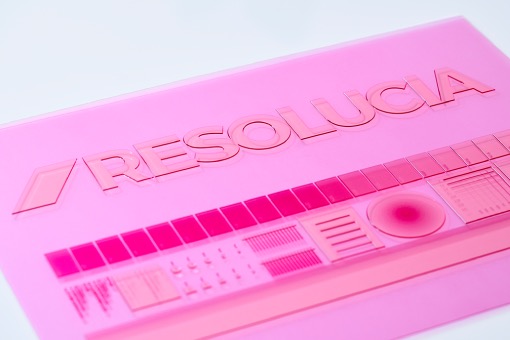
Printing plate:
RESOLUCIA™
Toray has developed advanced technology to enhance plate making and printing quality beyond traditional flexographic plates. This innovation not only improves reproducibility by enabling high-resolution of 200-line level, but also enhances production efficiency by reducing plate making time through full water-wash process. Compared to the conventional solvent-wash method, Toray's approach ensures superior results in terms of both quality and efficiency.
After an initial test printing,
the material was changed to create more contrast
― One day in April, at the P.K.G. Tokyo office in Omotesando, where crowds of people walk by on a brisk spring day. A discussion was taking place on the results of a pouch test print using the RESOLUCIA™ printing plate at Comexi, a Spanish printing press manufacturer. ―
P.K.G. Tokyo Designer Amano-san (Amano): Thank you for coming here today. I would like us all to talk about the results and areas to improve after two test prints made using Comexi's presses.
P.K.G.Tokyo Designer, Mr. Osada (Osada): You took the plates made in Japan to Spain and did test printing, right? How did it go?
TORAY Development Team (TORAY): Yes, both sides witnessed the printing in the field, and when we repeated the process, Comexi's reaction was "it looks better". Today, we hope to get opinions and ideas from both of you designers so that we can consider what kind of preparation and work is necessary for the final print.
Amano: It's good to have you here. First of all, regarding the results of the first print, frankly, I got the impression that it did not go very well. The colors are dull, and I don't think the ink colors come out as well as we would have liked. The overall tone is blurry or lacking in definition, and the saturation seems off. In contrast, the second print has improved on all of these points, and the colors are more vibrant. Can you tell us what changes you made between the first and second print?
TORAY:Well, one major difference between the first and the second print is that we changed the material, the film.
Amano: You mean the color of the material itself is different, right? The first one is less white and seems more translucent; the second one is whiter and more opaque.
TORAY:In the first case, white ink was printed all over a transparent film, but in the second case, we used white film from the outset.
Amano: So, you are saying that in the first case, the image area was covered by white, but in the second case, the film itself is white. Is this option usually available?
TORAY:Yes, it is very usual.
Amano: Do you make recommendations, like for this case, you choose this?
TORAY:If a design requires transparency in certain areas, we use transparent materials, but the rest is simply a matter of cost. Another factor is that from an environmental point of view, it is better to use a colored film rather than ink.
Osada: I see, so by using white material from the start, you can reduce the amount of ink.

Japanese-made printing plates are brought to Spain for printing

Test printed pouch
The key to flexo printing is platemaking.
Once printing has begun, fine adjustments are difficult.
Amano: Looking at the photo section within the design, I felt that the second print was much sharper and clearer. The tones are clearly different, or rather, the colors seem more vibrant. What kind of innovations did you make in this section?
TORAY:This is mainly due to platemaking process, we focused on correcting the dot gain. Since we did not have much experience printing on Comexi's presses, we were not able to correct the curves in the first print, and the result was not very sharp. The way the ink bleeds differs from press to press, so we mainly made adjustments for that.
Amano: When you visited the press in Spain, did you make any fine adjustments on the spot? For example, did you increase the redness a bit?

Taking on the challenge of photo printing to demonstrate the "super high-definition of flexo plates"
TORAY:No, we didn't. Unlike offset printing, flexographic printing cannot be fine-tuned. The key to flexo printing is platemaking. Once printing has begun, fine color adjustment by plate is difficult.
Amano: I see, so it is a plate-making game. I suppose you also adjusted the data for plate-making, any factors you considered there? Also, what did you pay special attention to for Comexi's press?
TORAY:Well, in terms of the data, setting the correction values for the output is important. When printing a photo image like this, we fine-tuned the correction to make the highlights come out nicely. As for the Comexi press, we didn't pay much attention to any particular aspect. As long as you have a plate with well-corrected data, you can produce even fine halftone dots, and I think the unique feature of RESOLUCIA™ is that it can print with ease on any type of press.
Osada: That is fantastic. Regarding photo printing, is it more difficult to get the colors right for dried sardines than it is for scallops, for example?
TORAY:It's not so much a matter of which one is more difficult, but since all the different objects are printed on the same surface, it's difficult to achieve a good overall balance. I think that would be a problem if they were printed individually, but this time we dared to print them all together as a challenge.
Amano: I mentioned earlier that the second print is sharper, but I actually think the kelp looks better in the first print. It looks more moist, like real seaweed, which makes it seem more delicious (laughs). I don't think just making everything sharper is going to solve all the problems, so as a designer I thought it would be good to be able to have detailed settings as well.
TORAY:It is true that the first kelp looks more expensive (laughs). I think if we adjust the color of the original data for the kelp, we can get the same color as in the first print.
Amano: Yes, by all means, let's do it a third time!
Trying to reproduce faithfully the color of the letters "UMAMI JAPAN" that the designers wanted to express meant a series of trial-and-error attempts
Amano: As for the text, we designed six pouches for each dashi ingredient, and we changed the color of the "UMAMI JAPAN" text on each one. We mixed different colors with the K in CMYK, but it didn't come out as dark as we wanted. We wondered if the K density was too weak.
TORAY:You are right; the EB flexo printing process inevitably makes it weak. The printing process starts with Y and K comes last, and the black ink comes on top of the color ink, so it is inevitably difficult to make it look darker.
Amano: I see, so layering does not produce a deep black. In paper printing, if you set K to 100 and add CMY at 30% each, you get a deep rich black, but in this case, it doesn't look dark at all, so I was wondering why.
TORAY:I think if you put the K first and then add the color inks, you will get the color you are aiming for, but the nature of EB flexo inks is that you cannot print in reverse order.
Amano: I imagined a deep black with bluish tones, so I thought the color was too strong. This project is an experiment, so in that sense I learned a lot about the characteristics of flexographic printing. I believe this is a sample that will serve as a reference later.
Osada: By the way, if we reduce the amount of color ink, will black come out? From what you said so far, I got the impression that black would not come out, so I was wondering if black would become darker if the amount of color ink was reduced to about 10%.

The text color of UMAMI JAPAN is different for each package
TORAY:That's a possibility, and worth a try on the third printing.
Amano: From a designer's point of view, we would like to see a little more black, so we would be very happy if you could try that. Now let's look at the back of the pouch. I think it has improved from the first to the second try. I can see some improvements in the blotchy areas.
TORAY:Yes, we changed the sumi ink. We changed the it to one that does not drip easily, because as the printing progresses, if it drips from the convex part of the flexo, it will bleed.
Amano: Does an ink that does not drip easily mean it's softer or harder?
TORAY:That's right; we are using ink that is a little harder. By the way, how do you feel about the gradation in the chart, from a designer's point of view?
Amano: I think that, overall, the tones are beautiful!
TORAY:That's good to know! I think the second print has a smoother gradient with a better balance of mesh and contrast. If every dot is clean from 0% to 100%, the design will print as envisioned.
Amano: That is very gratifying for the designer.

The text color of UMAMI JAPAN is different for each package

White film is used for the second printing instead of white ink
Summary: Bringing the knowledge and experience we have accumulated together to the third printing

Second test printing
TORAY:After two rounds of test printing, we have gained a better understanding of Comexi's presses and the quality has improved. We hope to incorporate the opinions and ideas we heard today and improve on them in the final printing. We are grateful for this experimental project, as it has led to discoveries that we had not even imagined.
Osada: The print quality has improved from the first to the second printing, and I am really looking forward to seeing the finished product after further adjustments.
Amano: After many test print runs, the next one will be the last try. We are grateful that you respected what we, the designers hoped to achieve. I am sure that the knowledge and experience we have accumulated will be of use in the future, and we look forward to working with you until the end.